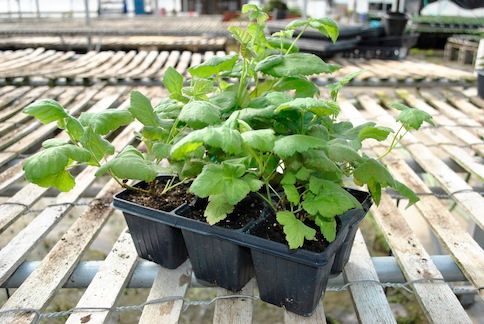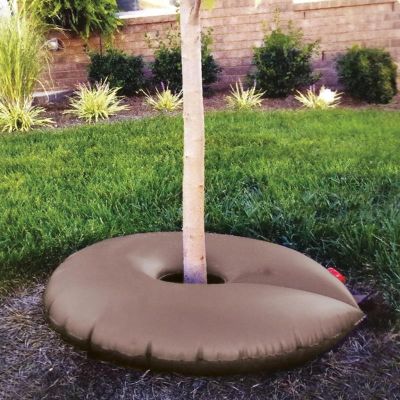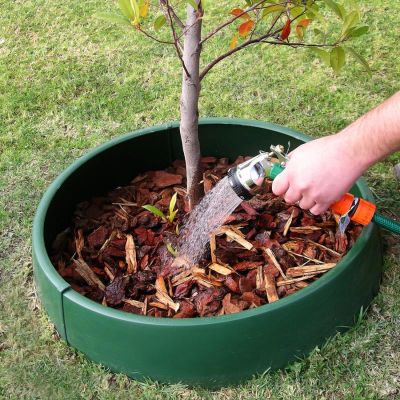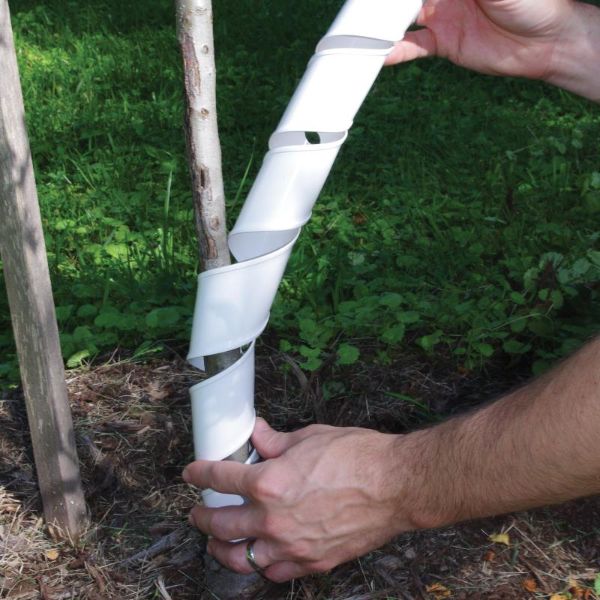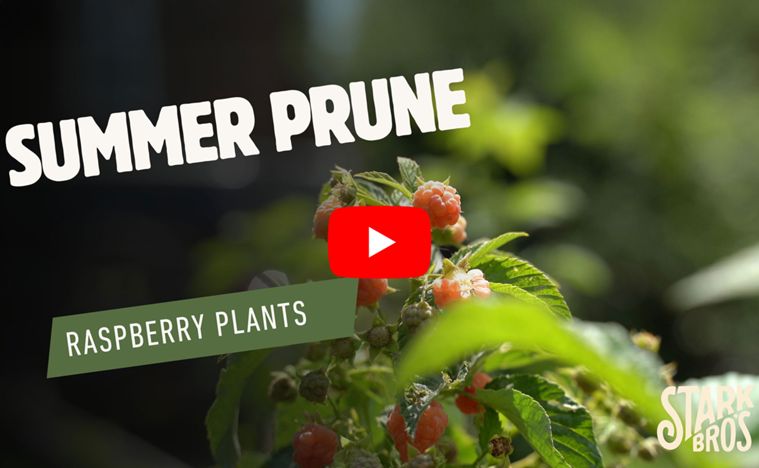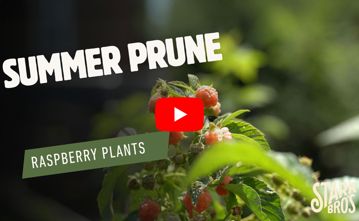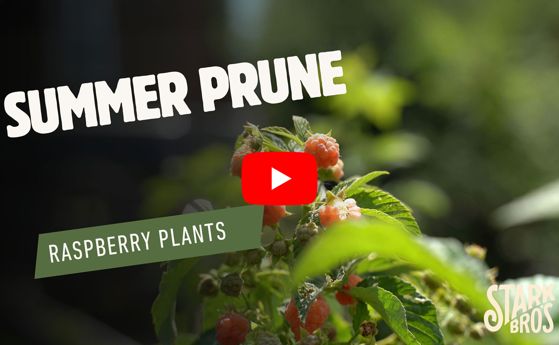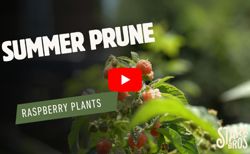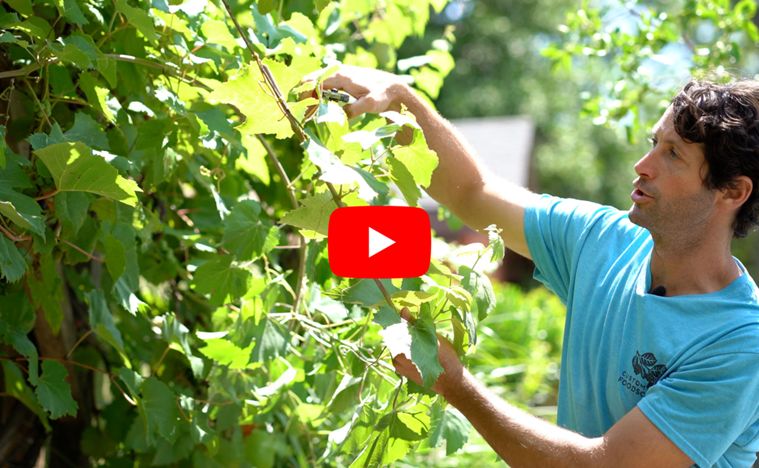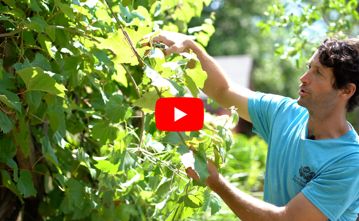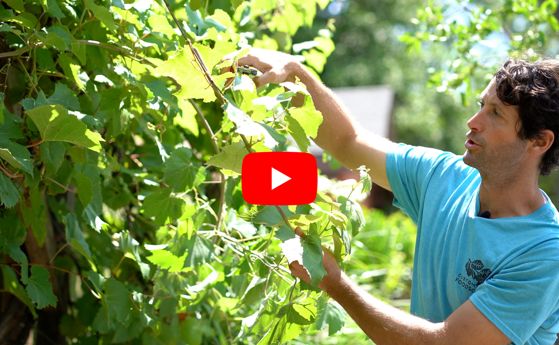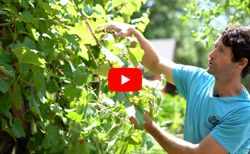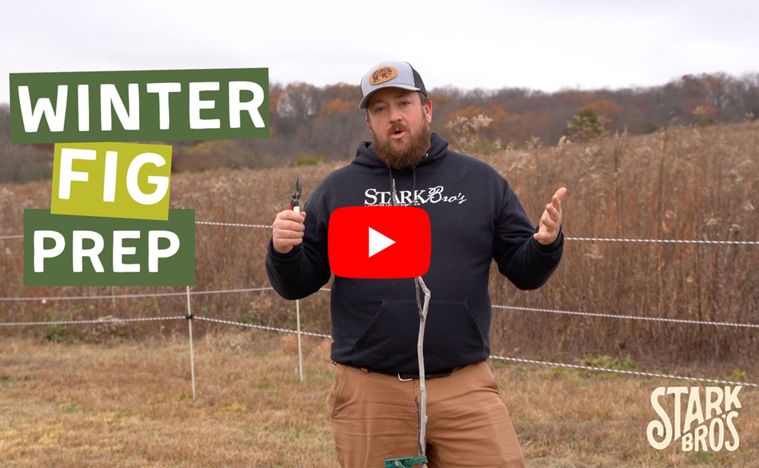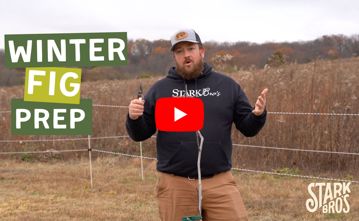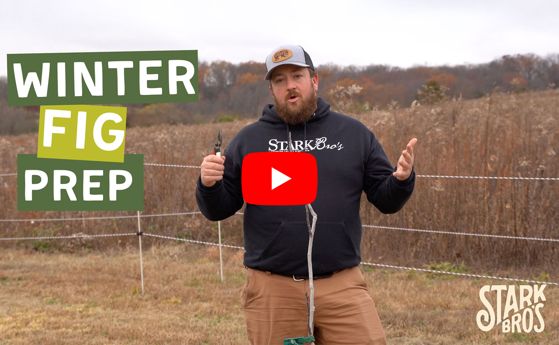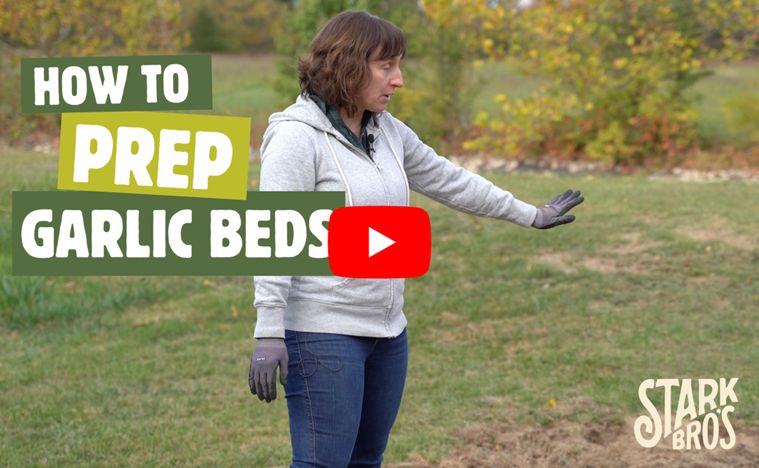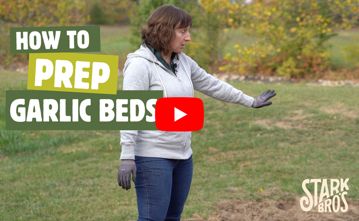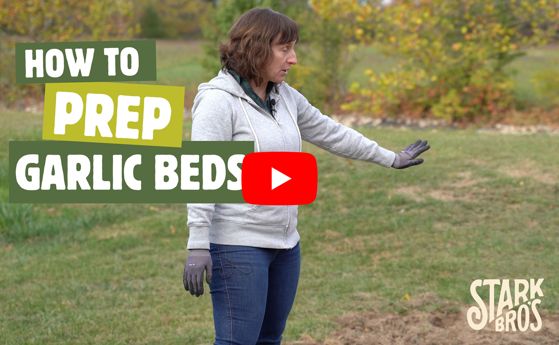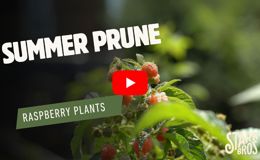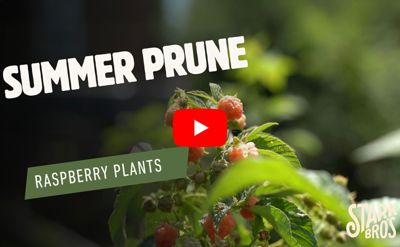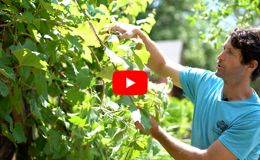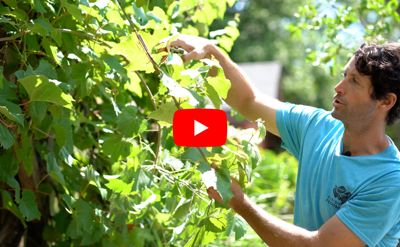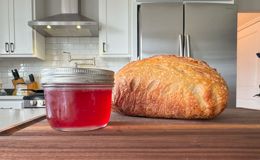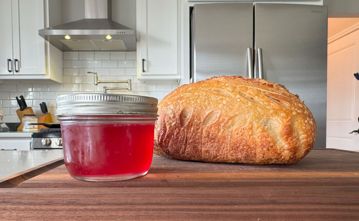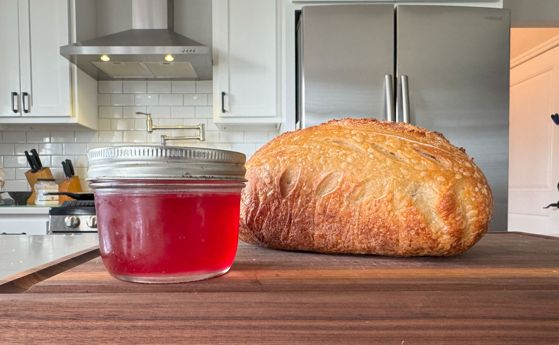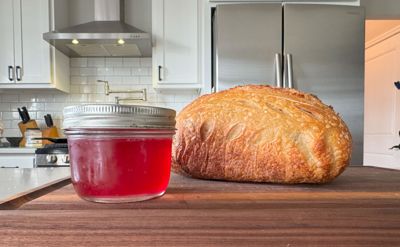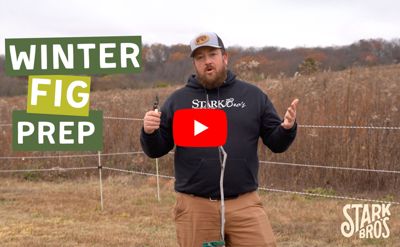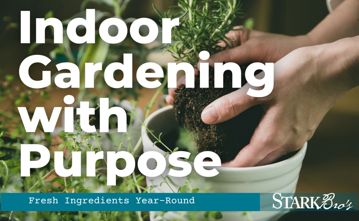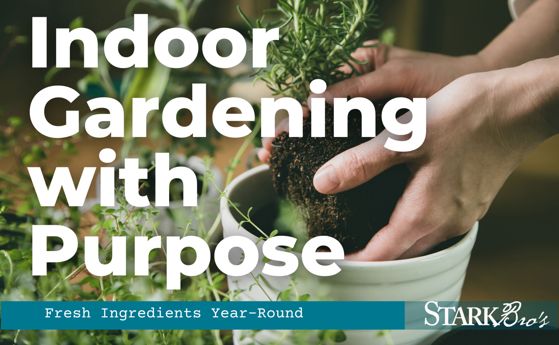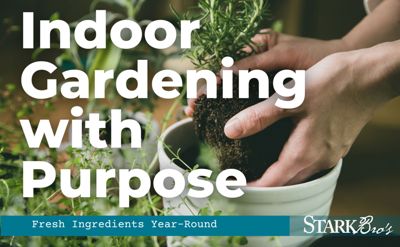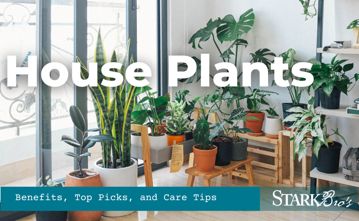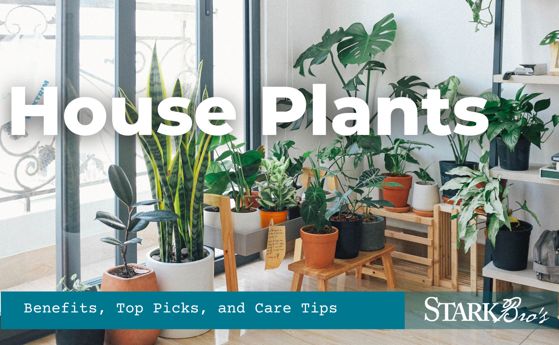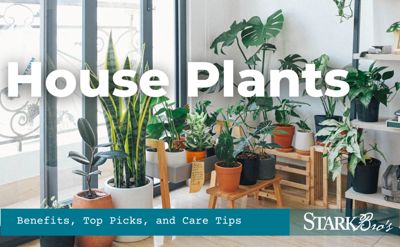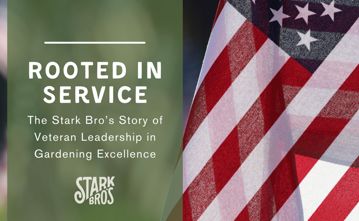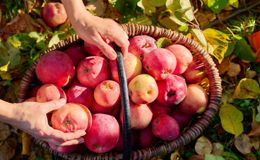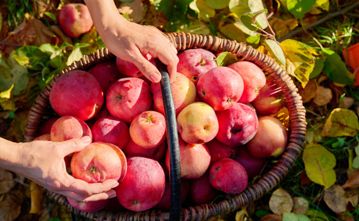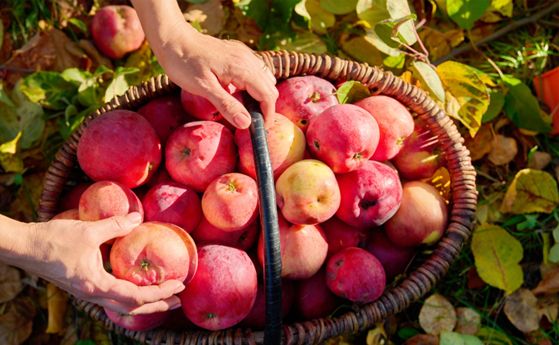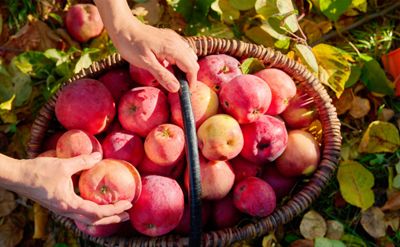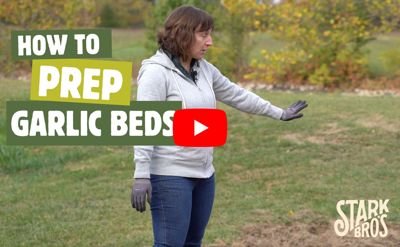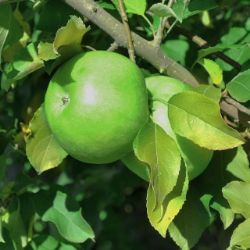Planting in Summer – Tips for Success
Can I Still Plant in the Summer?
Summer is heating up and you may question whether new plants can tolerate the sun and hot temperatures. Gardeners often ask if it’s safe to plant in the summer months like June, July, and August. The answer is yes! So long as you pay close attention to the needs of your new plant, you can still plant perennials in the heat of summer.
So, when is the best time to plant? Think of your planting time as a range of favorable conditions instead of an exact time. If you are experiencing drought-like conditions, you can choose to keep your potted plant well-watered in a container until you feel comfortable planting in its permanent location.
Remember to acclimate your new plants and trees and that it’s best to plant on a cloudy day!
Watering New Plants and Trees
Making sure your plant is getting enough water is a key step for success for transplants in warm temperatures. Newly planted trees require a gallon of water every 7 days or so during a normal growing season. When it comes to how often you should water your tree or plant, remember that each plant has its own individual watering needs. If you aren’t sure if your plant needs water, feel the soil. If the top layer is dried out, that is an indicator that it is time to water.
Overwatering can be harmful and lead to fungal diseases, so be sure to water correctly and not oversaturate your plants.


How and When Is it Best to Water Plants?
Always try to water very early in the morning or very late at night. If you have a habit of watering midday, you’ll lose a lot of water to evaporation and you’ll also be wetting the leaves for the second time that day, possibly risking a fungal disease.
Whenever possible, water deeply near the ground, around the base of the tree or plant rather than from overhead. A soaker or drip hose does this nicely, all by itself. For trees, a watering bag is an ingenious device that does a wonderful job and saves many, many gallons of water. Consider irrigation solutions to help ensure your plants & trees are receiving enough water.
Water-Saving Tips
- Add Mulch. This preventive step not only helps improve soil health but is also a great conservator of water. It will help the soil stay moist longer, which is better for the plants and for your water bill.
- Furrows and berms. Use your hoe to create mini ravines along your garden rows, which will channel the water and keep it from trickling away. Use mulch to create a berm around your trees to retain water, remembering to keep the mulch away from the trunk.
Heat Protection
Once your plants are acclimated and planted, you’ll want to add protection from the heat and sun. A layer of mulch will help regulate the temperature of the soil and a tree guard will protect the young trunk from harmful rays.
The best time to apply tree guards is as soon as you plant your tree. This helps ensure that its protection starts from the moment it is planted in its new home; however, if you have already planted your trees, but haven't protected their tender young trunks, you can apply tree guards at any time of the year – ideally, before injury occurs.
When checking for injury, look for sun damage on both the leaves and bark. Leaves could become scorched, and brittle and bark can crack and turn dark. If that is the case, you can add a temporary shade to shield the tender growth from the hottest parts of the day. Eventually, your new plant will harden off and go on to flourish.
Summer Plant Care
Don’t fertilize after July 1st. Fertilizer works best in the Spring, and by the heat of July, plants should slow their growth as they prepare to go dormant in the winter. Plants fertilized late in the season will put on new growth that is susceptible to winter damage.
Only Prune What is Necessary. Heavy pruning should only occur when a plant is dormant. Our trees come pre-pruned and ready to plant. In the summer, you should only consider pruning off any disease or damaged limbs. In addition, water sprouts and suckers should be pruned off throughout the growing season. This will ensure healthy growth occurs where it is needed most.
Monitor for Pests & Disease Preventing and controlling pests and diseases on your fruit trees, berry plants, and other garden plants is every bit as critical as feeding and watering - especially in locations that experience a cool, wet spring. Check on your new plants often and look for any discoloration, holes, and other signs of a problem. The sooner the issue is treated, the better off your plant will be.
Don’t let warmer temperatures prevent you from adding and expanding your garden and orchard. Remember, with a little extra watering and protection, your new plants will be off to a great start!
Shop our many pest and disease control products. We recommend always having a fungicide and an insecticide on hand. Treating and controlling disease and insect infestations can ultimately save your crop!

